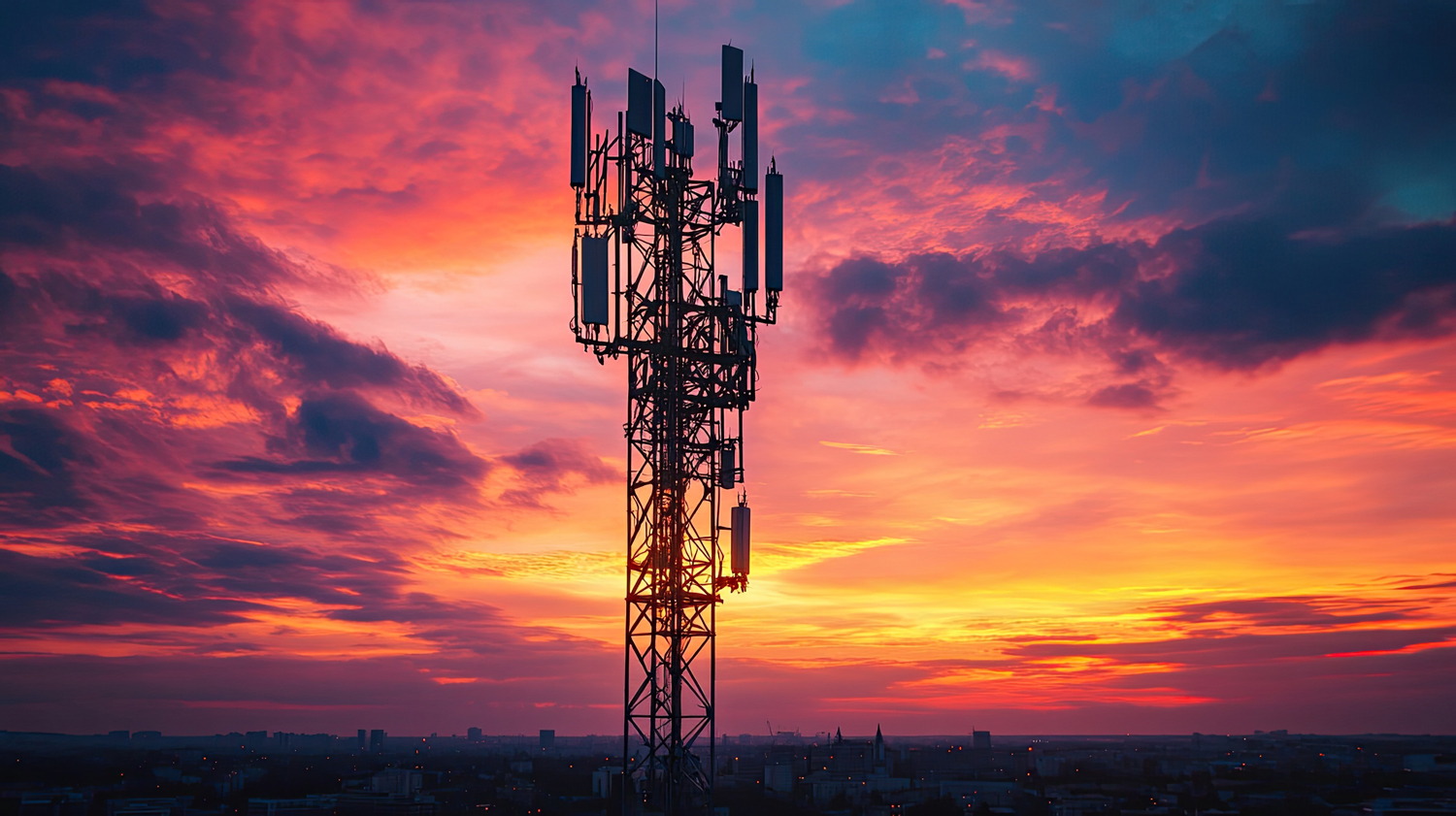
When fire, police, and EMS teams respond to an emergency, the ability to communicate across agencies can mean the difference between life and death. This ability — known as interoperable communications — is simple in concept, but difficult and critical in execution.
When public safety professionals can’t communicate with each other, the consequences can be deadly. The most severe example of this stark truth occurred during 9/11, when first responders from different agencies were unable to communicate with each other because their communications systems weren’t compatible. This absence of interoperable communications meant that vital life-saving information and intelligence was not relayed across the World Trade Center site, resulting in people dying who might otherwise have been saved.
It was for this reason that Congress created the FirstNet Authority — an independent government agency tasked with overseeing the development of the FirstNet nationwide, interoperable public safety network. Through a public-private partnership, AT&T was selected to build and operate FirstNet as a single nationwide network to protect interoperability under the Authority’s supervision.
Today, FirstNet currently supports 7 million users across 30,000 U.S. public safety agencies large and small. In fact, the words ‘interoperability/FirstNet’ pretty much go together.
How Interoperability Works in Emergency Management
Joel G. Baker is the Fire Chief of the Austin Fire Department in Austin, Texas. As a 39-year veteran of the fire service, Chief Baker knows all about emergency communications, and how vital interoperability in emergency management is for saving lives and minimizing property damage.
“The worst case scenarios we face as firefighters are usually incidents that are so big, that we need to call for help from first responders in adjacent jurisdictions,” said Chief Baker. “In order for us to mitigate and manage these worst case scenarios, we need to be able to communicate with our neighboring partners clearly and effectively. After all, delays in relaying messages from one department to another can cost the lives of the public and first responders. This is why interoperability in emergency management is absolutely paramount. It is literally a matter of life and death.”
How FirstNet Supports Interoperability
FirstNet is a dedicated public safety broadband wireless network — operated under contract by AT&T after they won a competitive bidding process — that puts first responders first. Congress made this a fact when they passed the Middle-Class Tax Relief and Job Creation Act of 2012, which was a direct response to recommendations in the 9/11 Commission Report. FirstNet’s priority public safety traffic is carried on the ‘FirstNet band’; aka Band 14, a slice of the U.S. radio spectrum set aside specifically for public safety users.
The best part: Thanks to FirstNet’s nationwide footprint, achieving interoperability is now simpler than ever. All it takes is signing up for FirstNet and getting a FirstNet black SIM card from your local AT&T store that works in smartphones and wireless-connected tablet computers. And because FirstNet is based on a monthly subscription fee, just like your regular cell phone service, affording it is easy. The big cost of building the network and maintaining the network is handled by the FirstNet Authority. This makes interoperable ‘FirstNet communications’ within the financial reach of the smallest department.
“FirstNet helps ensure that interoperable communications remain accessible to first responders no matter how serious the situation,” Chief Baker said. “During manmade and natural disasters, everyone is trying to reach their loved ones on the commercial wireless networks, so that the traffic jams everything up. But this isn’t a problem for those public safety agencies that are on FirstNet. This spectrum is dedicated to their use and no one else’s, so that first responder calls always go through no matter what.”
The Future of the FirstNet Interoperable Network
Today, FirstNet is providing first responders with reliable interoperable communications across America over 4G/LTE networks. “But technology is changing so rapidly that it’s important for FirstNet not only to keep up, but really to be ahead of the future changes dealing with technology,” said Chief Baker. This is precisely why the FirstNet Authority is investing over $8 billion in upgrading the national network to support 5G and new network services in the next decade.
The only cloud on the FirstNet horizon? Congress has to reauthorize the Middle-Class Tax Relief Act by 2027 for FirstNet to continue. First responder groups such as the Public Safety Broadband Technology Association (PSBTA) are calling for FirstNet to be reauthorized permanently, now that the concept behind the network has been proven to work so well
“Without permanent reauthorization, FirstNet’s services would end, erasing everything the public safety community has built since 9/11,” said PSBTA Deputy Executive Director Michael A. Barnbeck. “The bottom line: Congress must act to ensure FirstNet remains the heart of interoperable communications for America’s first responders.”





Be the first to comment on "Interoperable Communications for Public Safety"